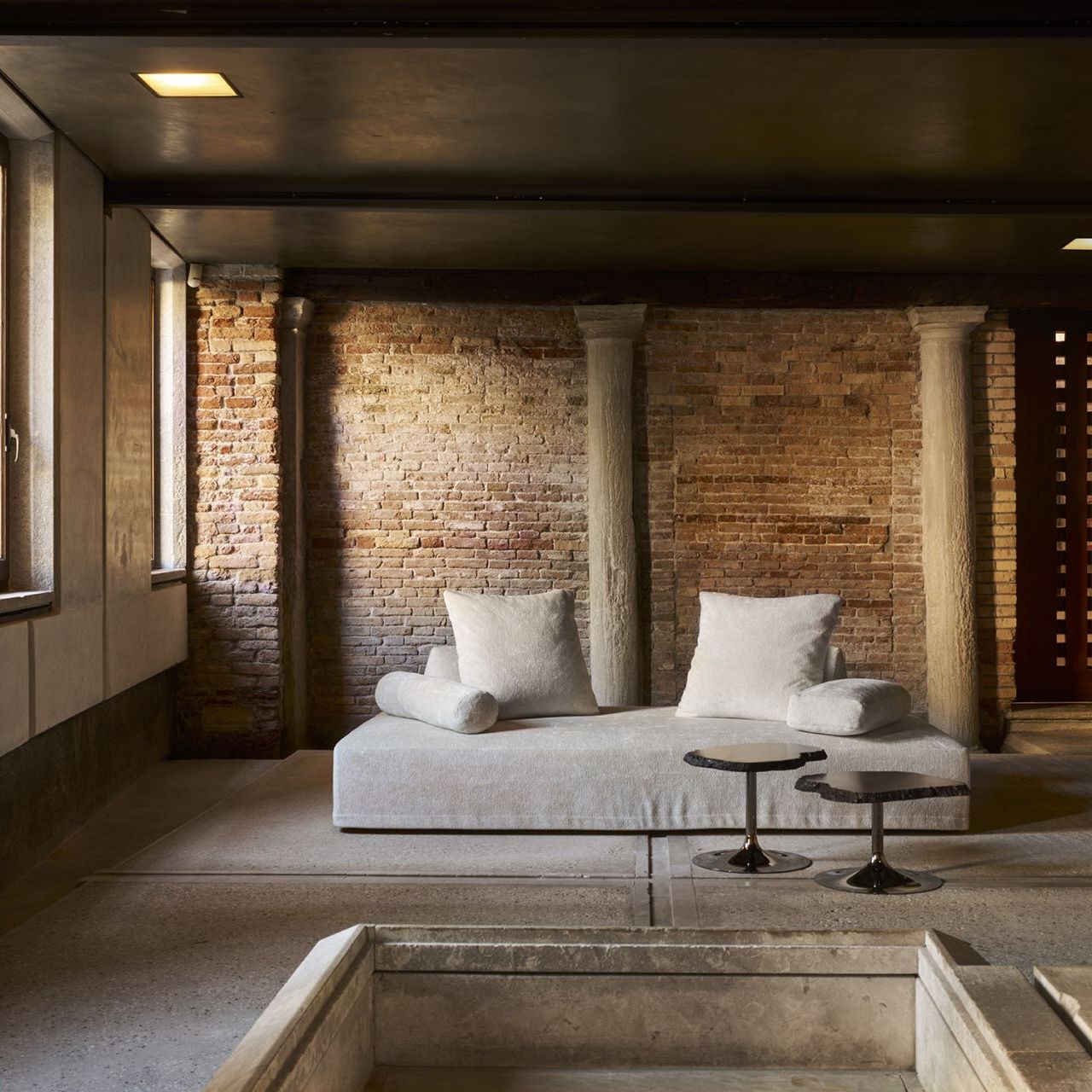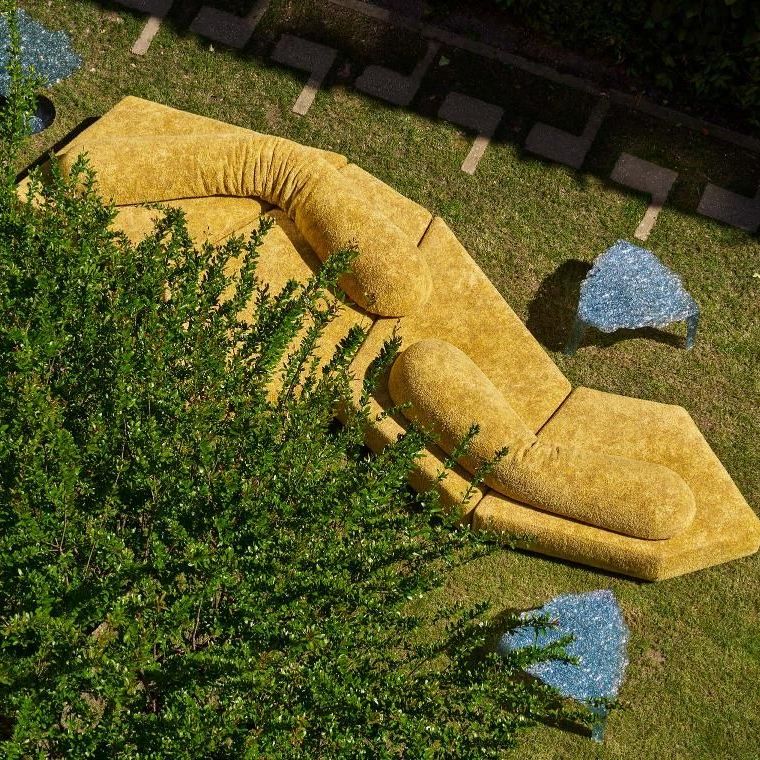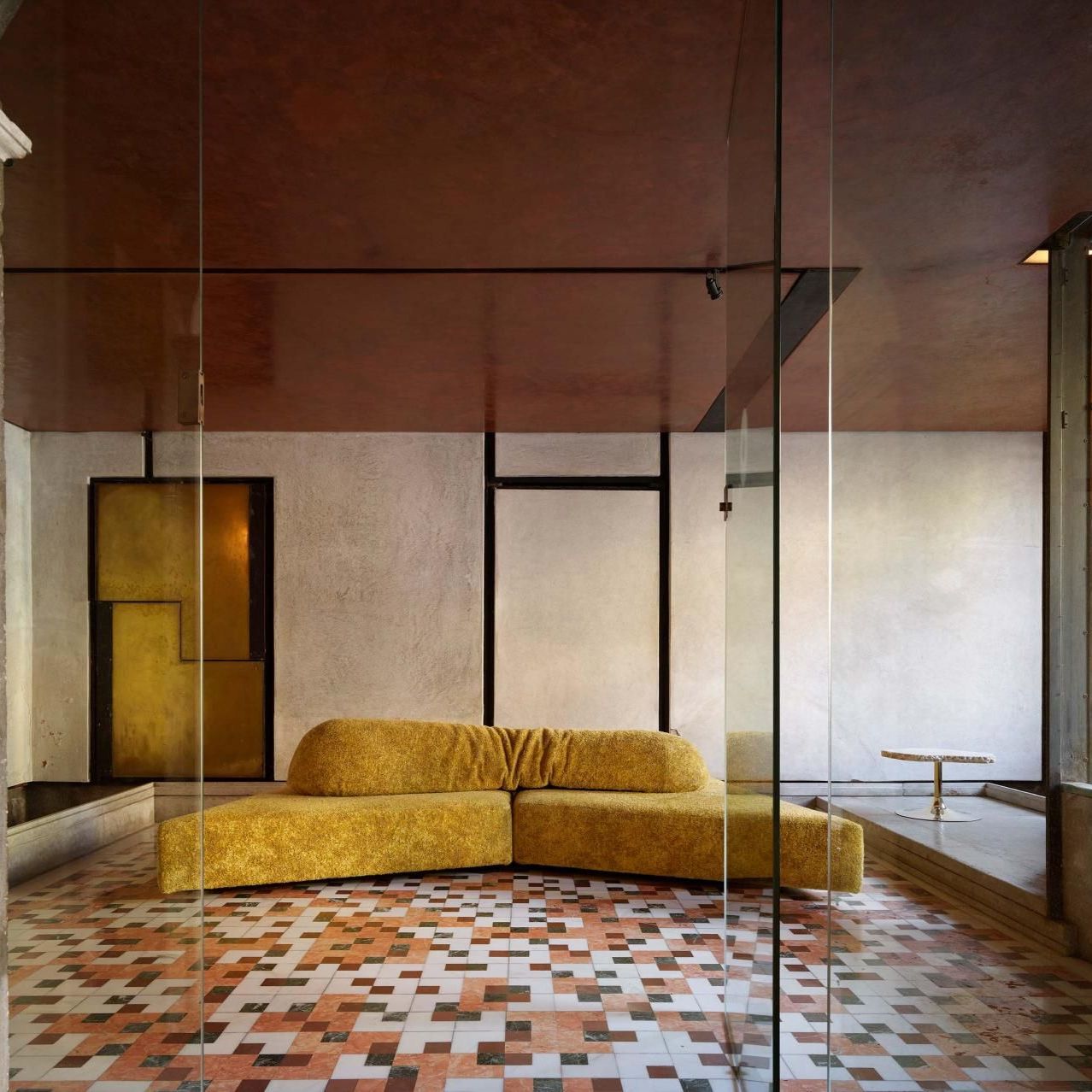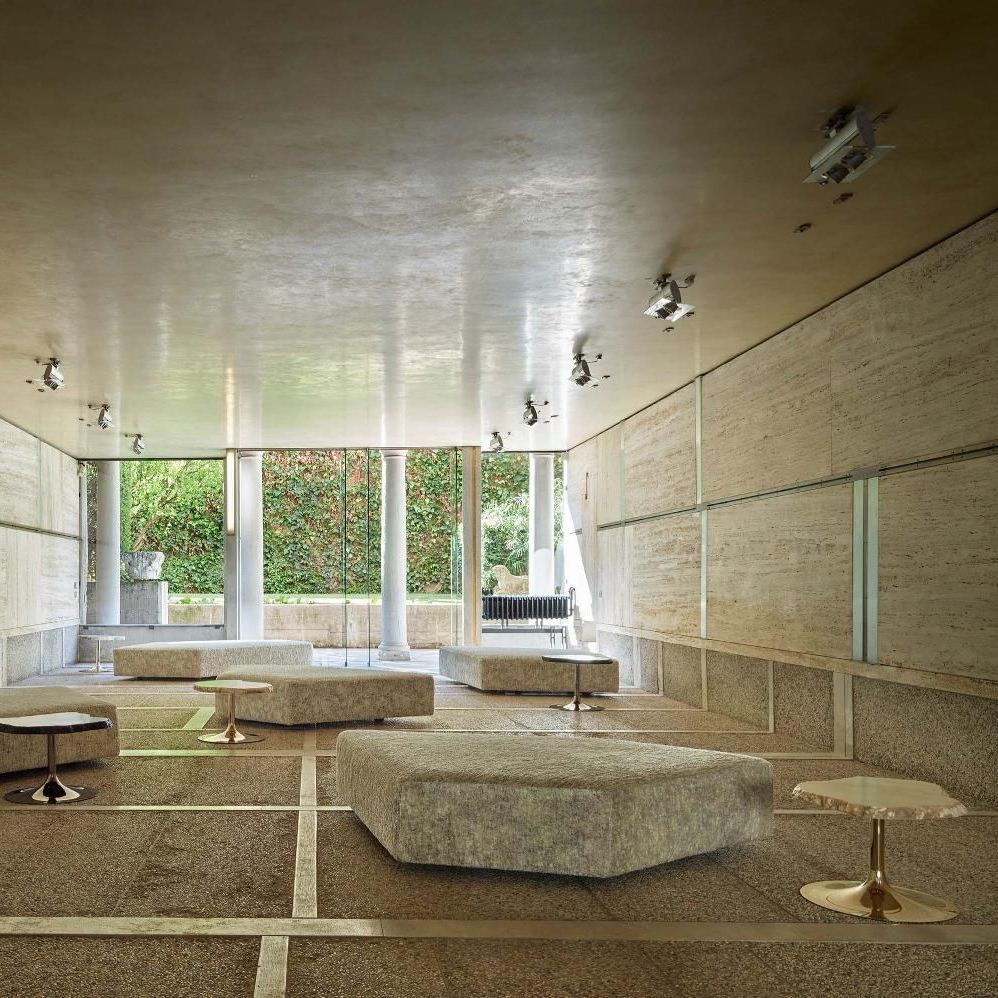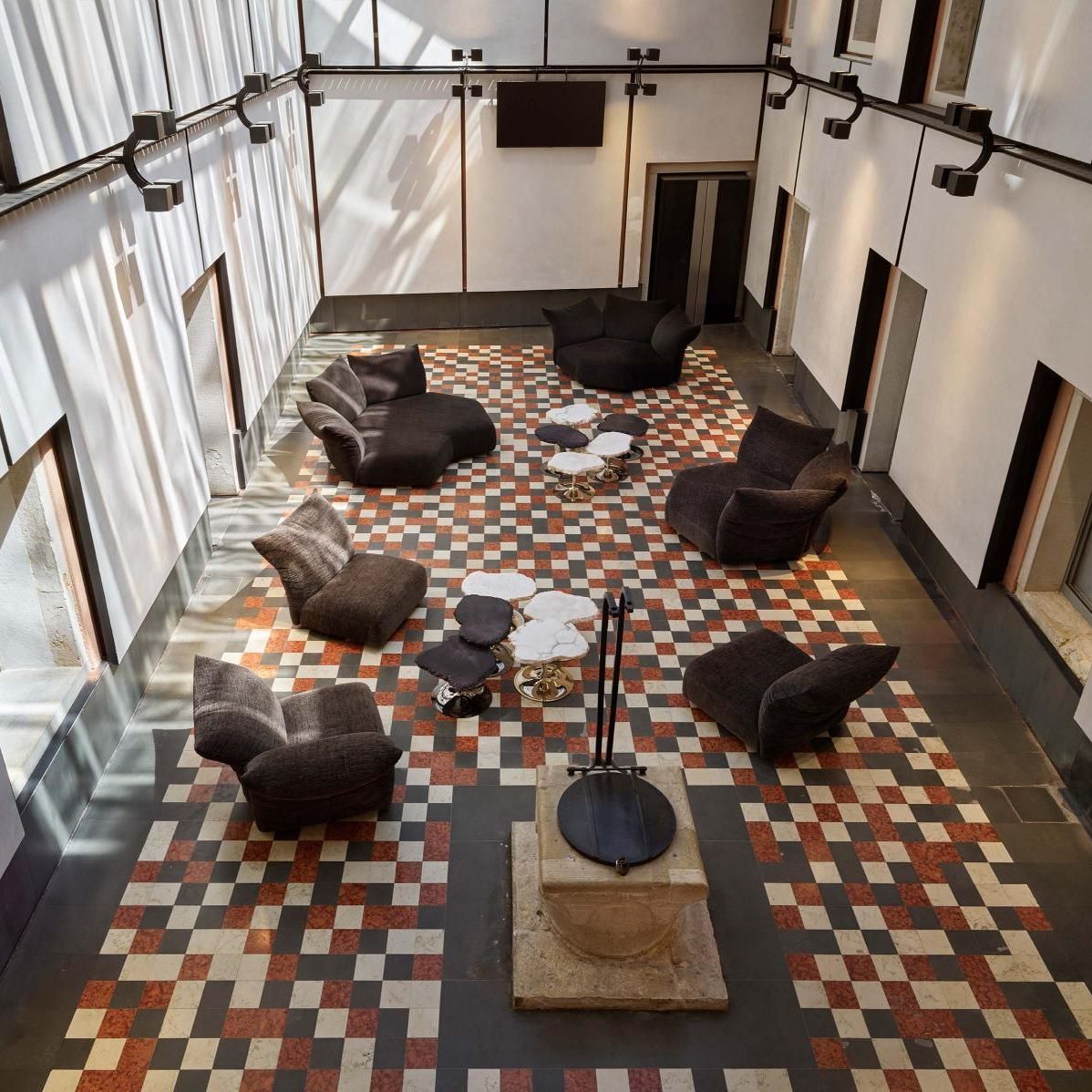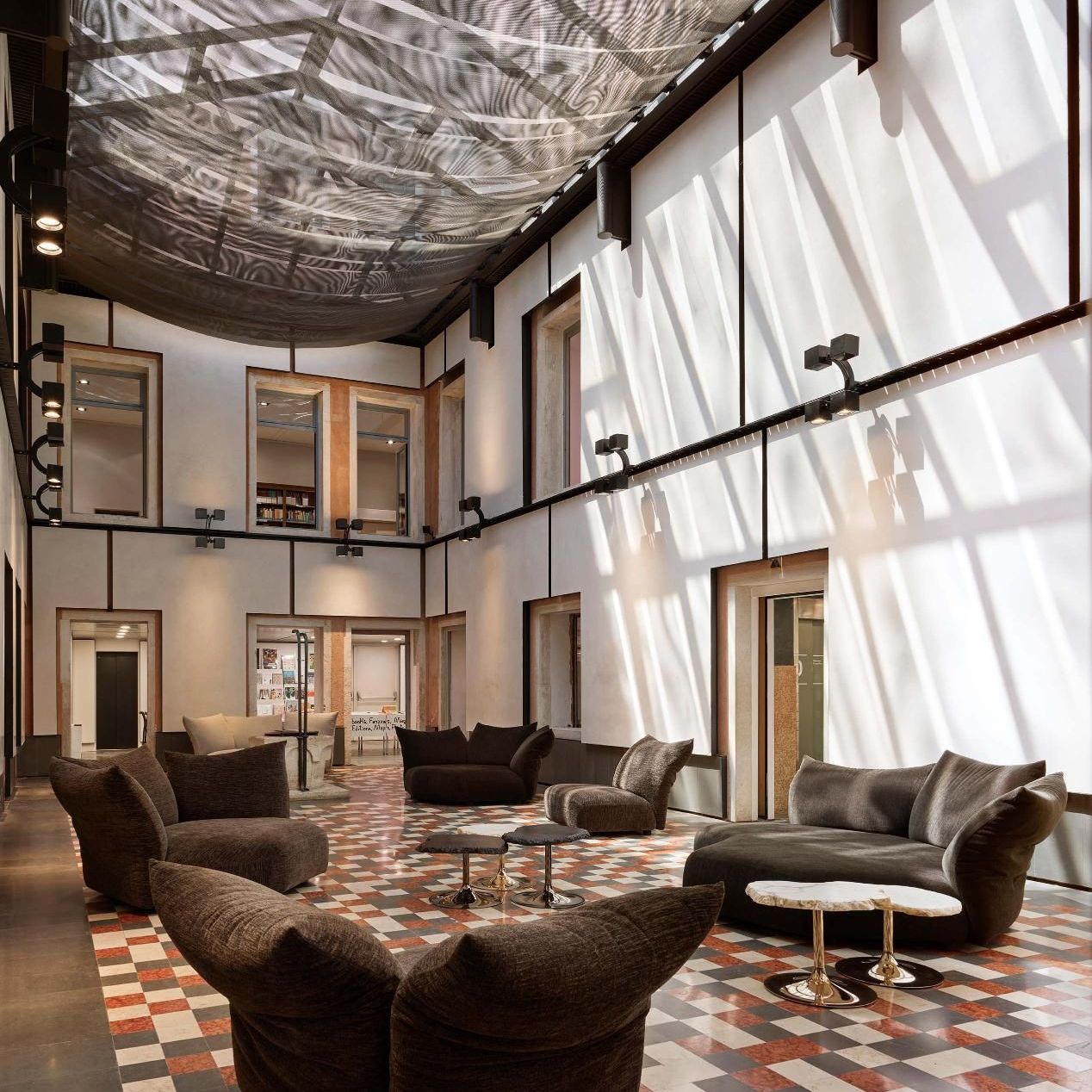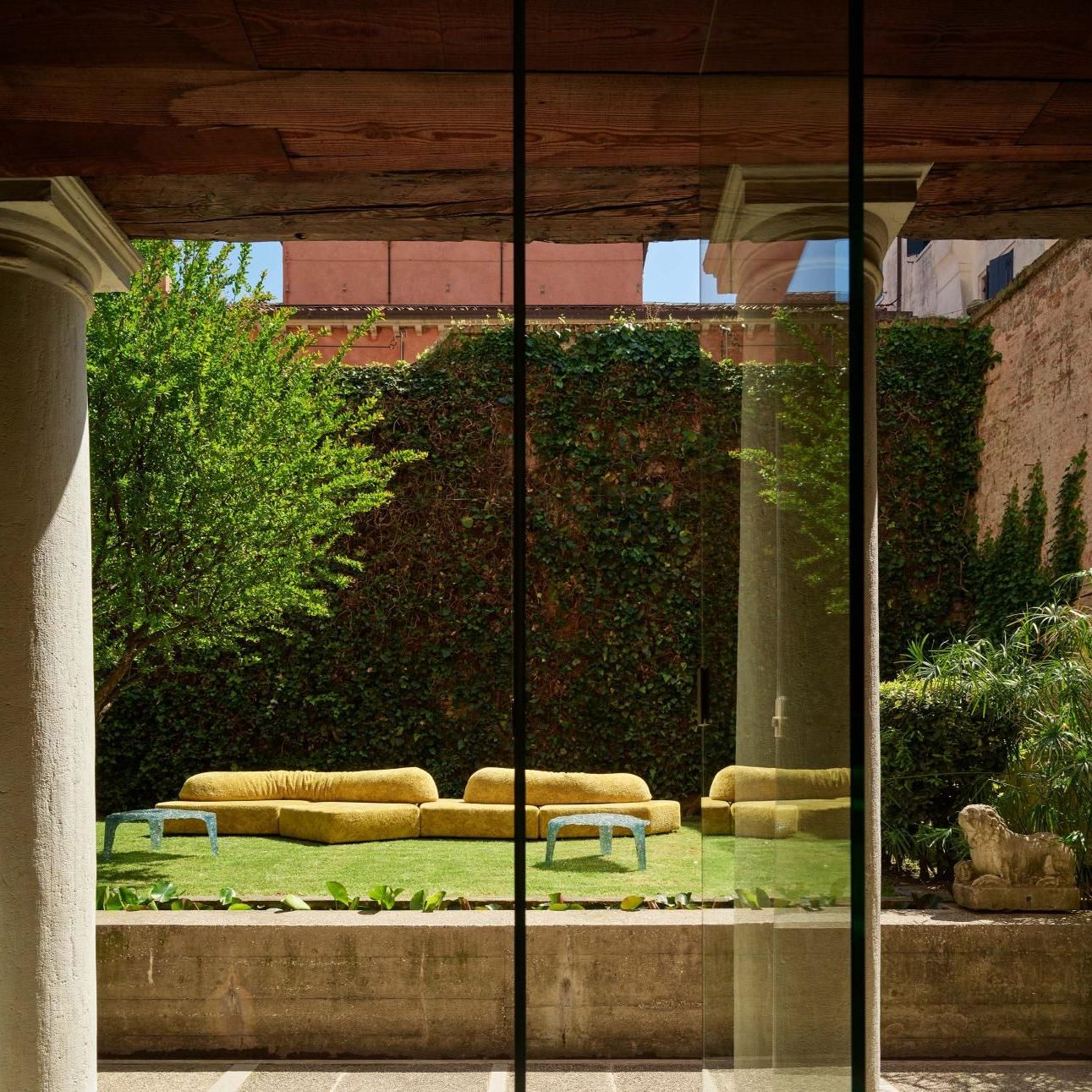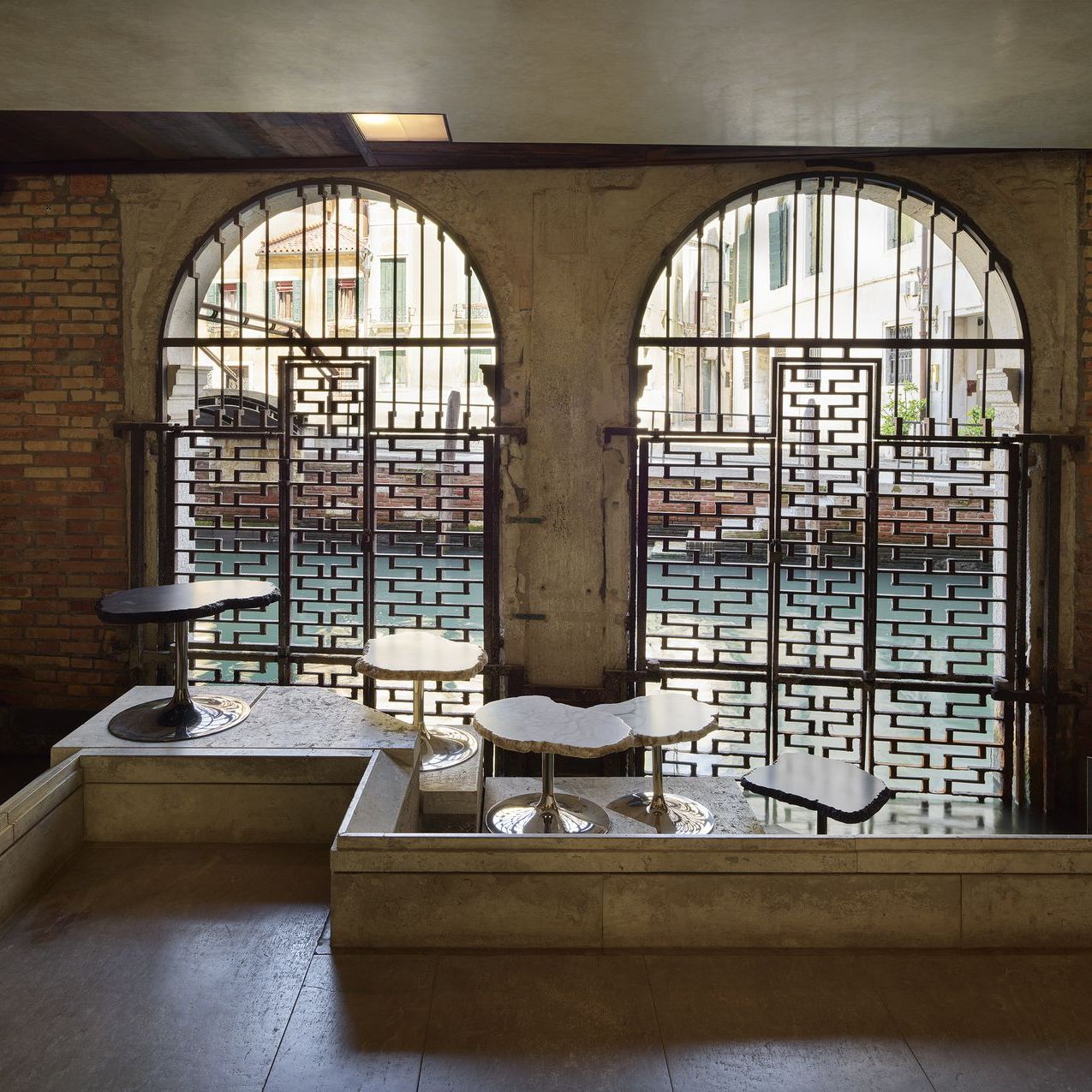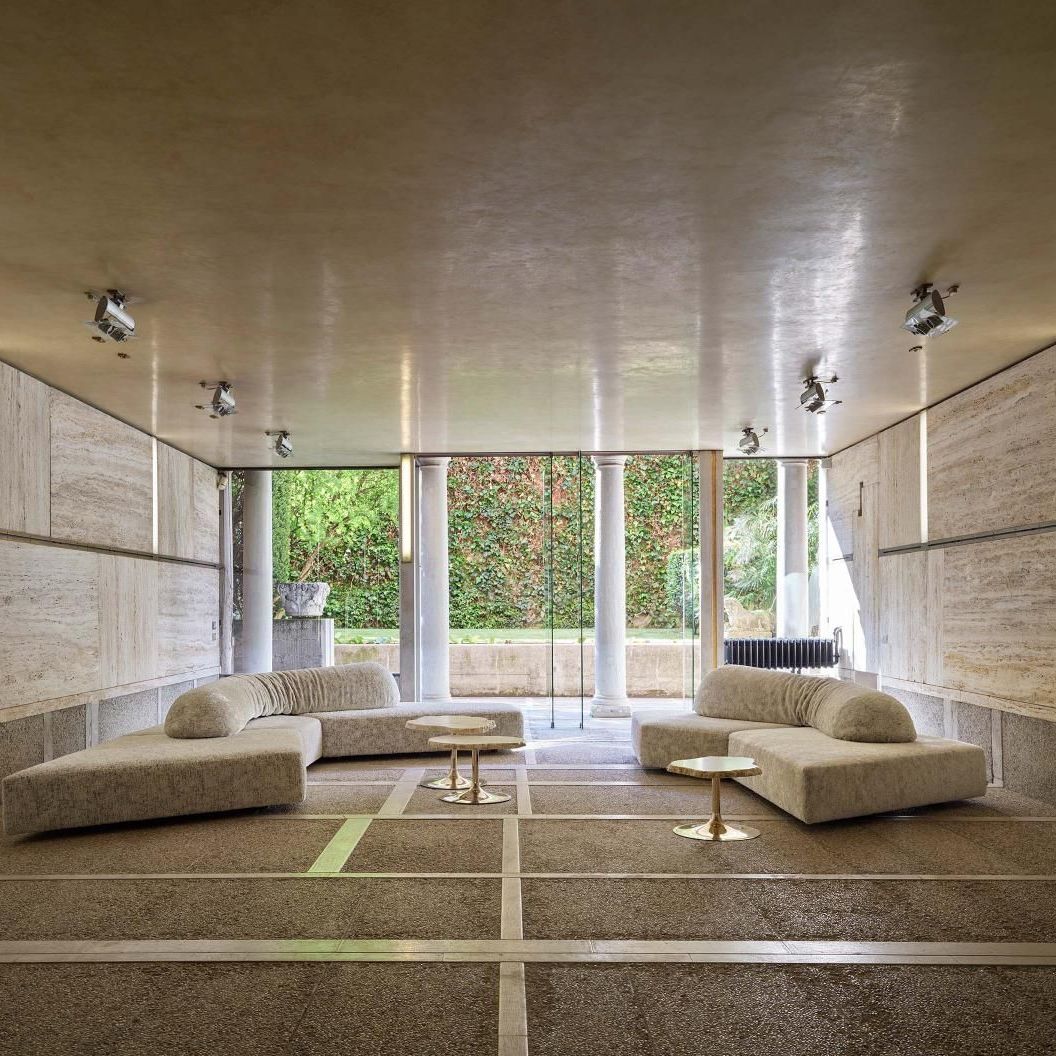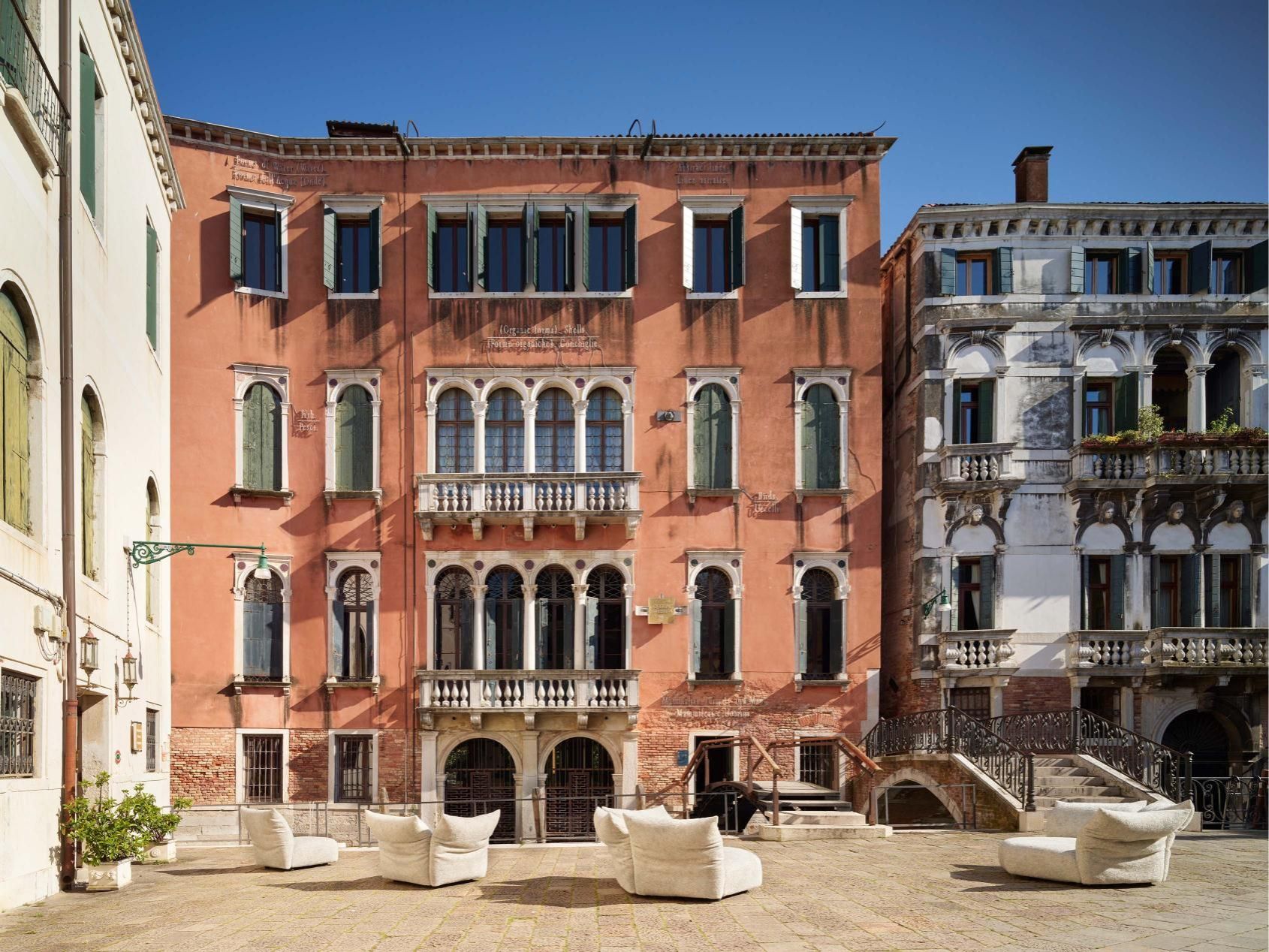
сентября 2025
Wonderflow
The Querini Stampalia Foundation in Venice
The Querini Stampalia Foundation is similar to an archipelago of knowledges, heterodox, rooted in history, but always transforming, inviting you to explore, think and lose yourself. Each visit is an exercise of wonder, an invitation to inhabit the world and know it without prejudice, to learn without preconceptions, in an archipelago of experiences where knowledge spreads in non-hierarchical, rhizomatic and eclectic ways. Each intelligent island of architecture, by Scarpa, Pastor, Botta and De Lucchi, bears the plastic sign of its time and together they compose complexity, in a preeminent example of brilliant coexistence.
The shared tension of “inhabiting fluidly” makes the Foundation and Edra partners of choice in recounting spaces as a genuine connector of people, nature and architecture. The most complete example of this vision is he Scarpa Area at Querini, a continuum that fuses interiors and exteriors, with the water of Venice lagoon entering and leaving architectural spaces to the rhythm of the tide's long breath, while the garden, tucked among the buildings like a hortus conclusus is revealed as a place of incredible intimacy. Here, Carlo Scarpa’s rational geometries generate an unexpectedly soft opening, and invite contemplation where light and wind fuse with the sonorous and olfactory notes of the lagoon.
Edra shares the same attitude, its systems of seating not simply furnishings but intelligent devices, adapting to bodies and context, promoting a made-to-measure comfort and giving value to the gesture of relaxation as a form of active and receptive dialogue with landscape.
When the public crosses the Portego, and skirts the Court to enter the interior gardens, it finds this same harmony translated into volumes that seek depth with perspective, the unexpected vanishing lines combined with the recurring Droste effect multiplying openings. At the centre a complex sensory experience offers an idea of hospitality that is osmotic, that never separates indoors and outdoors but integrates them into one large project, offering the chance to inhabit the outdoors: a reality that is not defined and determined once and for all but always becoming, like the flow of water introduced with brilliant intuition by Carlo Scarpa into the sixteenth-century building that overlooks Campo Santa Maria Formosa and the canal. Making the visual boundaries between interior and exterior almost invisible he used the hyper-local material glass, setting his architecture, his jewel, into Venice's urban fabric with goldsmith skill. The paradigm is of dwelling open to nature, aware of its continuous and layered anthropization, but at the same time attempting to conserve its wonder and mystery.
We practice this wonder at Querini as both method and project. We do it by taking inspiration from our founder, Giovanni Querini Stampalia, a visionary who imagined an institution capable of bringing knowledge, beauty and citizenship to the heart of Venice, in a constant osmosis between past and future. Our way of inhabiting spaces is born of an attitude of openness and relation. Carlo Scarpa's architecture, a fluid system of thresholds and transits, is emblematic of this way of thinking. Indoors and outdoors merge, the city infiltrates the palazzo building, the garden is revealed as an open-air room giving completion to experience: comfort, the fact of feeling well and at ease, becomes a responsible cultural gesture.
The Wonder Booster project, encompasses a dynamic ensemble of art, photography, sculpture, architecture, design, books and people, defining the Foundation's “Qultura”, a signature feature coming to fruition in three movements on 5 May 2025, the occasion of celebrations for Count Giovanni's birthday.
The first of these movements is a series of sculptures in Campo Santa Maria Formosa by Davide Rivalta. Two lions, and two lionesses in the heart of Venice, like revelations of the “open”, thresholds that show the fragility of our desire to govern the distinction between human and animal, remains of that boundary we need to define ourselves. The sculptures, inert animals, are “visible” as symbolic objects, and yet their presence is “open”: they do not speak, but they never stop watching. They are our silent counterparts, a materialization of the "animality" that is included, represented and domesticated in the human order. Yet they are unquiet, as if on the point of breaking with the fiction and asking the suspended question: what truly sets us apart? Are we still capable of seeing in animals an otherness than self ? What is our relation today, with the nature we are part of, like cells of a single living organism?
The second movement, Q Spot. Seat, read, think, repeat, was designed by Martí Guixé and transforms the Foundation's logo into social seating, inviting people to stop, read, reflect and share, promoting culture as daily practice and exercise for experiencing the world. It is an object that enables sociability and discloses it as an event, preparing the space for chance and dynamic public interaction. It is artwork as behavioural device, as an agent of relations, modifying the environment by encouraging communication and sharing; a work that offers the possibility of peacefully and provisionally inhabiting a space, of feeling temporarily but significantly part of a common place where proximity is a possibility, not a constraint, and where identities are constructed through difference.
The third movement is the inaugural exhibition dedicated to John Baldessari, No Stone Unturned. Conceptual Photography, with more than seventy works that highlight his pioneering role in conceptual art and photography, above all his ironic carefree gaze on things, his fatal attraction for even the most apparently insignificant detail, his radical gestures that started with Self, and the new beginnings, the tabula rasa of the Cremation project, from which, like the Arabian Phoenix, his art was reborn over and again. John Baldessari loved Giotto, loved all history of art, even the things he found boring. For this reason he always tried to be philosophical, to feel the wonder of how a divergent creative gaze is enough to create space for the imagination, an ars combinatoria that gives value to the world, a marvelling that, when it becomes a daily practice is nothing exceptional, and allows us to be in the world and not escape to other worlds that, at least for now, are still here, close by.





